female hazelnut flowers are so small that they are barely noticeable in nature, when they are protected inside pollination bags their dark pink stigmas grow several millimeters long and are beautiful to look at. The moment when we take off a pollination bag and reveal a bundle of stems with a flower at each node can be quite thrilling.
The final step was to return a couple of weeks later to remove the bags—and to be sure that all the stems were properly marked as to what kind of pollen was used for each so that when we return to harvest the seed in August we’ll know who is daddy for each one. I like to color code things, so this made for a very colorful field. (We can’t afford to lose these precious seeds to hungry mice, hence the mousetrap.) This is a long-term project. We will not know whether or not these crosses were successful until late June, and we won’t harvest them until late August. Then we’ll stratify (cold treat) them until March, plant them in the greenhouse, up-pot them in May, keep them an outdoor nursery through the summer, and finally plant them to the field in September 2021. We might harvest a few nuts in August 2025, but won’t know for sure whether they are any good until about 2028. Most won’t be, but those that are might be much better than what we already have. We will propagate those for replicated trials in 2029 and, depending on how they do in those trials, release them to you in… maybe 2037? So don’t hold your breath waiting for them. I expect to be retired by then, but I hope to still be around to enjoy eating them! In spite of the wait, the idea is exciting to me. Best and be safe, Lois Comments are closed.
|
AuthorPeriodic updates and contributions from UMHDI researchers Archives
September 2020
Categories |
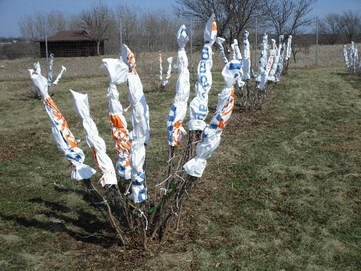
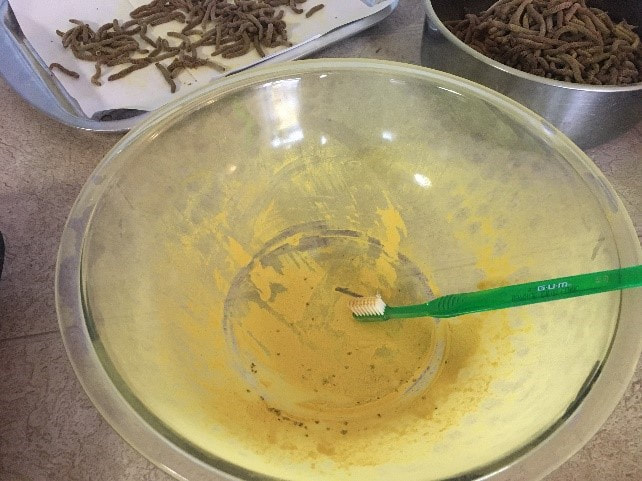
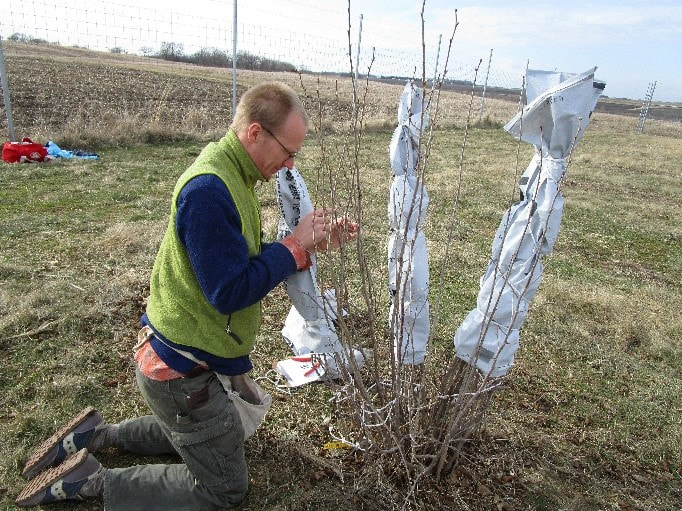
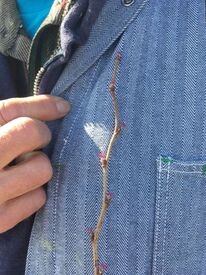
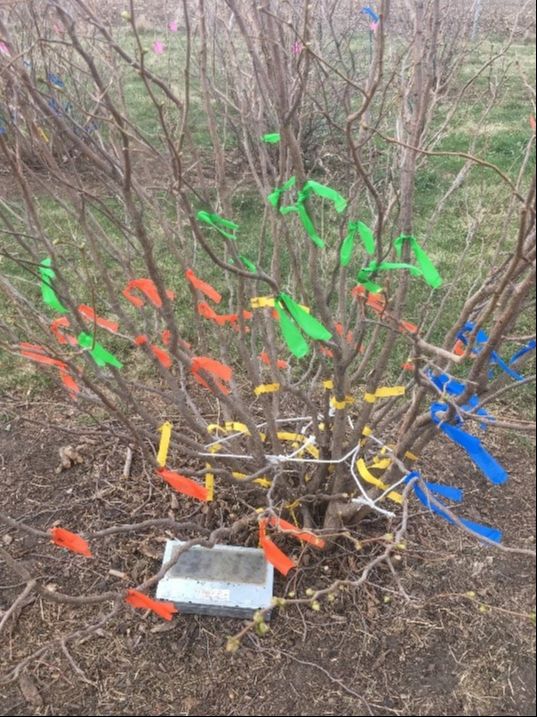
 RSS Feed
RSS Feed